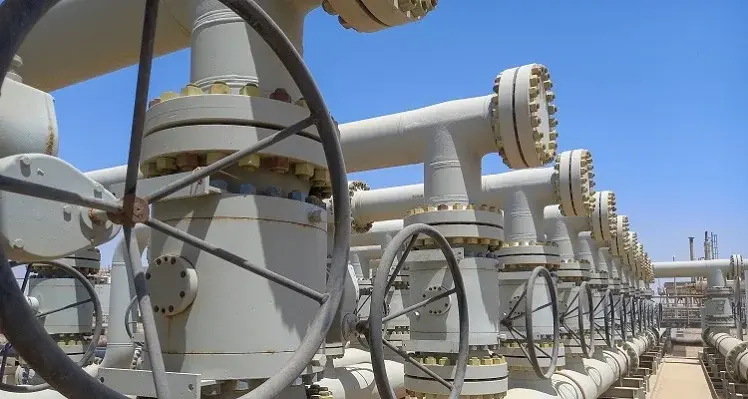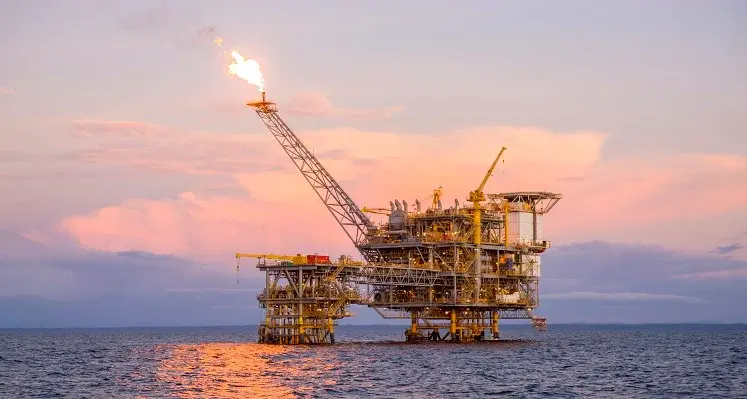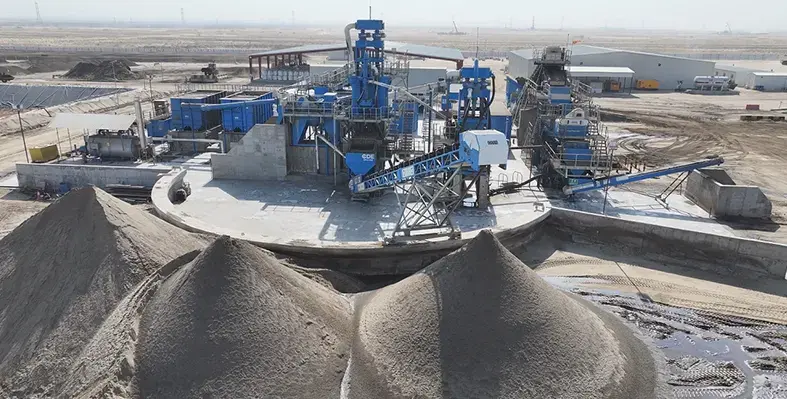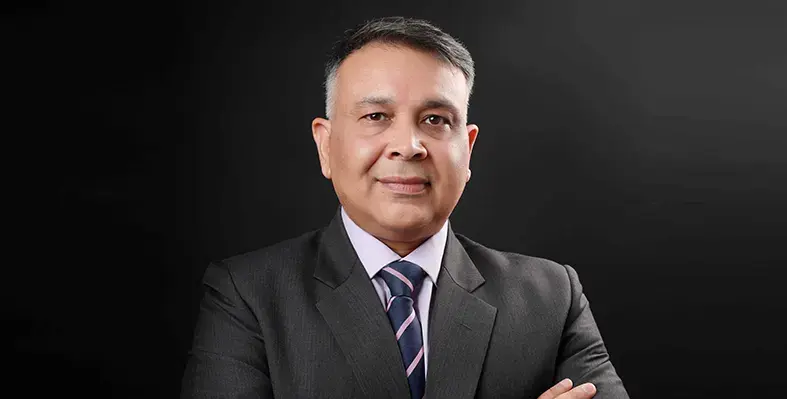TotalEnergies has announced the start of the construction of the final two components of Iraq’s Gas Growth Integrated Project (GGIP) which it is operating alongside its partners Basra Oil Company and QatarEnergy
The 4-in-1 project comprises the recovery of gas that is currently flared at three oil fields in southern Iraq to supply electric power plants, the redevelopment of the Ratawi oil field, the construction of a 1 GWac (1.25GWp) solar farm and a seawater treatment plant. With total investment exceeding US$13bn, it aims to sustainably develop Iraq’s natural resources to improve the country’s electricity supply while contributing to its energy independence and reducing its greenhouse gas emissions. Following the start of construction of the 300 Mcf/d gas treatment plant and the 1 GWac solar facility at the beginning of this year, all parts of the multi-energy GGIP project are now in their execution phase.
Patrick Pouyanné, chairman and CEO of TotalEnergies, and His Excellency Saad Sherida Al-Kaabi, Qatari Minister of State for Energy Affairs, deputy chairman and CEO of QatarEnergy, met on 14 September in Baghdad with His Excellency Mohammed Shia al-Sudani, Prime Minister of the Republic of Iraq, and His Excellency Hayan Abulghani, Minister of Oil and Deputy Prime Minister, to announce the start of construction of the Common Seawater Supply Project (CSSP) and the full field development of the Ratawi oil field.
The CSSP will be built on the coast near the town of Um Qasr. It will process and transport 5 million barrels of seawater per day to the main oilfields in southern Iraq, thereby freeing up to 250,000 cubic meters of freshwater per day for irrigation and local agriculture needs. The plant will be operated by Basra Oil Company.
The Ratawi redevelopment was launched in September 2023. Phase 1 aims to increase production to 120,000 bpd and is expected to come on stream by early 2026. Phase 2 (full field development) will increase production to 210,000 bpd starting in 2028, with no routine flaring.
All 160 Mcf/d of associated gas will be fully processed thanks to the 300 Mcf/d Gas Midstream Project (GMP), whose construction began early 2025. The GMP, which will also treat previously flared gas from two other fields in southern Iraq, will deliver processed gas into the national grid where it will fuel power plants with a production capacity of approximately 1.5 GW, providing electricity to 1.5 million Iraqi households. An Early Production facility to process 50 Mcf/d of associated gas will start early 202,6 together with the Ratawi phase 1 oil production.
“We are delighted today to award the two final contracts of the Gas Growth Integrated Project, in particular the seawater treatment plant which has been long awaited by the oil industry in Iraq. In less than two years since the GGIP effective date in August 2023, TotalEnergies and its partners have fully executed their commitment towards the people of Iraq and launched all projects included in the multienergy GGIP projet, the best showcase of TotalEnergies transition strategy. All these projects will bring a significant contribution to the Iraq economy and employ during the construction phase 7,000 Iraqi nationals,” said Patrick Pouyanné. “Furthermore, I am proud to confirm that the first phase of the associated gas, oil and solar projects will start-up as soon as early 2026.”













